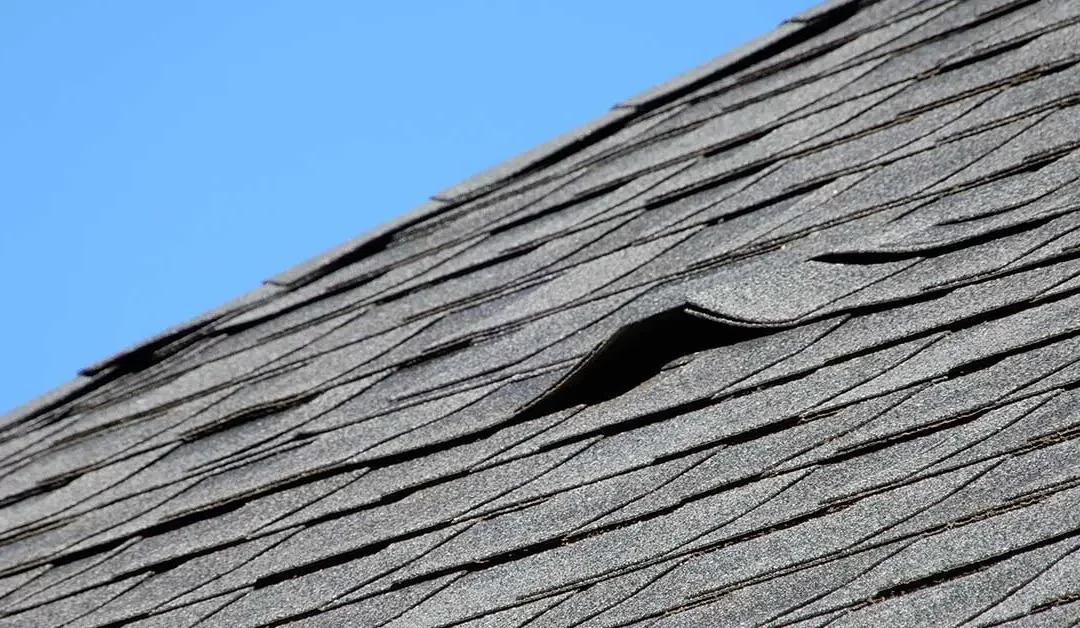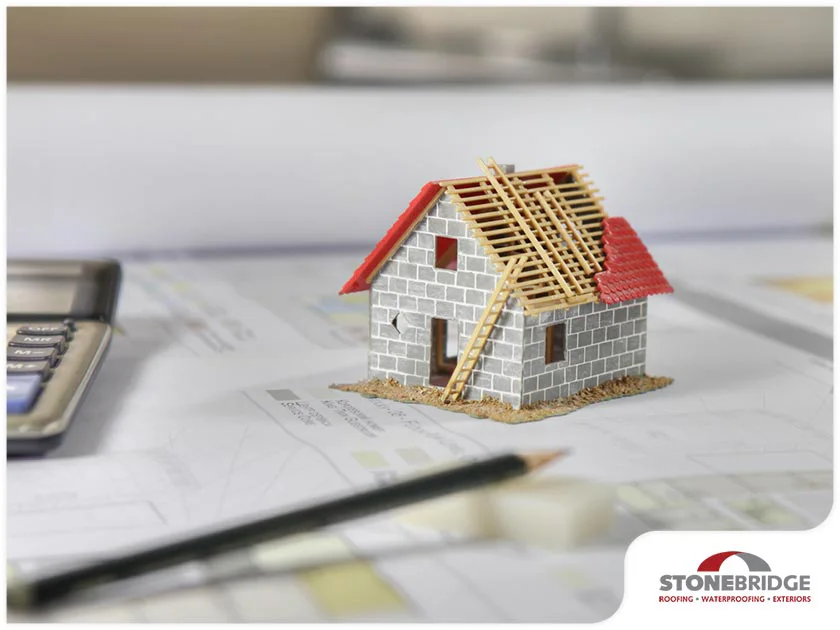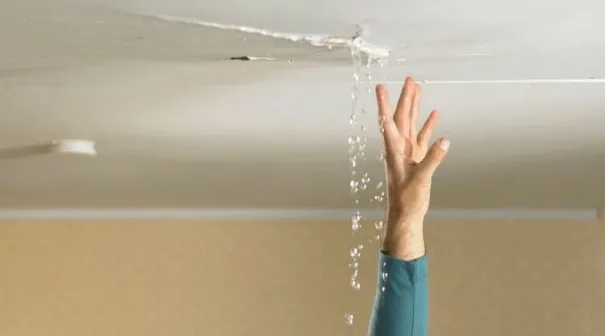
Quick Fixes for a Leaking Roof: Temporary Solutions to Keep You Dry
Heavy rains and winds always have the possibility of wearing down your roof protection. Leaking roofs are more than just a nuisance; they’re a beacon signaling the urgent need for repairs to protect your home from further damage. At Stonebridge, we understand the urgency of the situation. Here are 4 quick fixes that can buy you time before professional help arrives. However, remember, these are temporary solutions, and it’s crucial to contact a professional as soon as possible for the necessary repairs.
1. Clearing Gutters and Downspouts
Often, a leaking roof can be the result of clogged gutters and downspouts preventing proper water drainage. Leaves, twigs, and debris can accumulate in your gutters, causing water to back up and potentially enter your home. As a fast DIY fix, ensure your gutters are clean and free of any blockages. Safely use a ladder to reach your gutters and remove debris by hand or with a gutter scoop. Flush the gutters and downspouts with water from a hose if possible to ensure they’re clear and water can flow freely.
2. Tarp Covering
If the leak is extensive and a storms are not over, a tarp covering might be your best bet. Secure a large tarp over the affected area on your roof, ensuring it extends over the ridge and down the other side. Secure the tarp with sandbags or heavy items if possible to not create any more damage with nails or sharp objects. This method provides a temporary barrier against rainwater until repairs can be made.
3. Sealant Spray Solution
For a swift response to a leaking roof that doesn’t involve roofing tar, consider using a sealant spray. These aerosol sealants can be applied directly to the leak area from the inside of your attic. First, identify the leak source by looking for dampness or sunlight breaking through the roof. Clean the area around the leak to ensure it’s free from debris and moisture for optimal adhesion. Then, shake the can well and spray the sealant liberally over the leak, covering it completely. Sealant sprays are excellent for sealing small holes and cracks temporarily and can quickly create a waterproof barrier over the affected area.
This approach is best for minor leaks and should be seen as a temporary fix until professional repairs can be carried out. The ease of application makes it a convenient option for immediate leak mitigation, but it’s essential to schedule a professional inspection and repair to address the underlying issues and prevent future leaks.
4. Applying Rubber Sealants
For leaks around roof fixtures like vents or chimneys, a rubber sealant can offer a temporary fix. These areas often leak due to broken seals, and applying a waterproof rubber sealant around the base of the fixtures can prevent water from penetrating your home. Ensure the area is dry before application for the best results.
Don’t Wait – Contact Stonebridge ASAP!
If you’re dealing with a leaking roof, don’t delay in seeking professional help. Stonebridge offers Emergency Roof Repair Services to provide the expertise and services you need to protect your home and family. Contact us as soon as possible for the necessary repairs. Remember, a quick response can save you time and money in the long run.

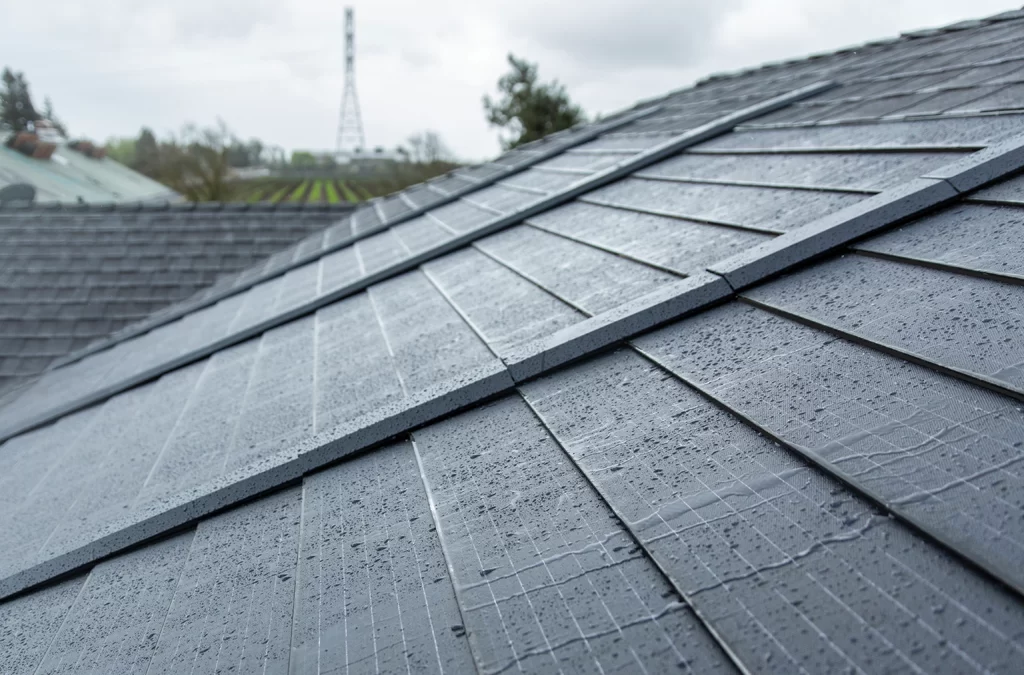
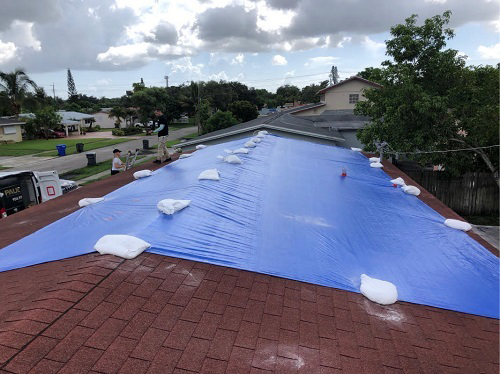
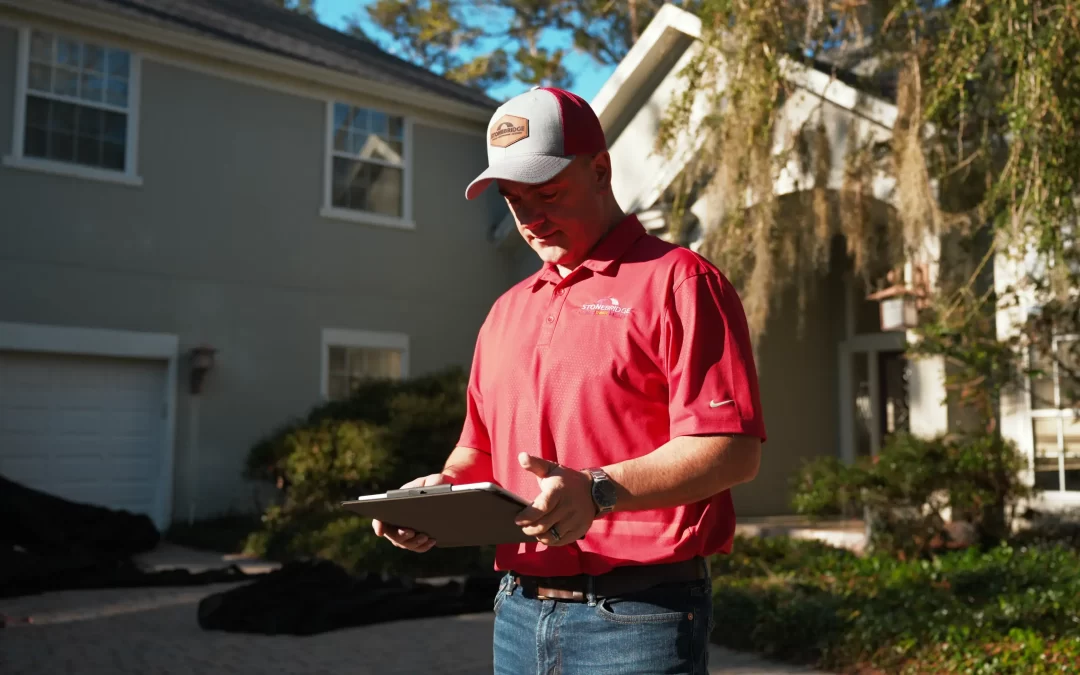
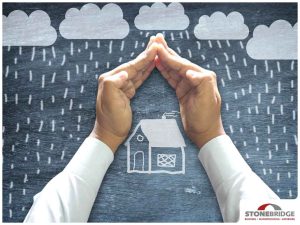 quality and customer satisfaction.
quality and customer satisfaction.